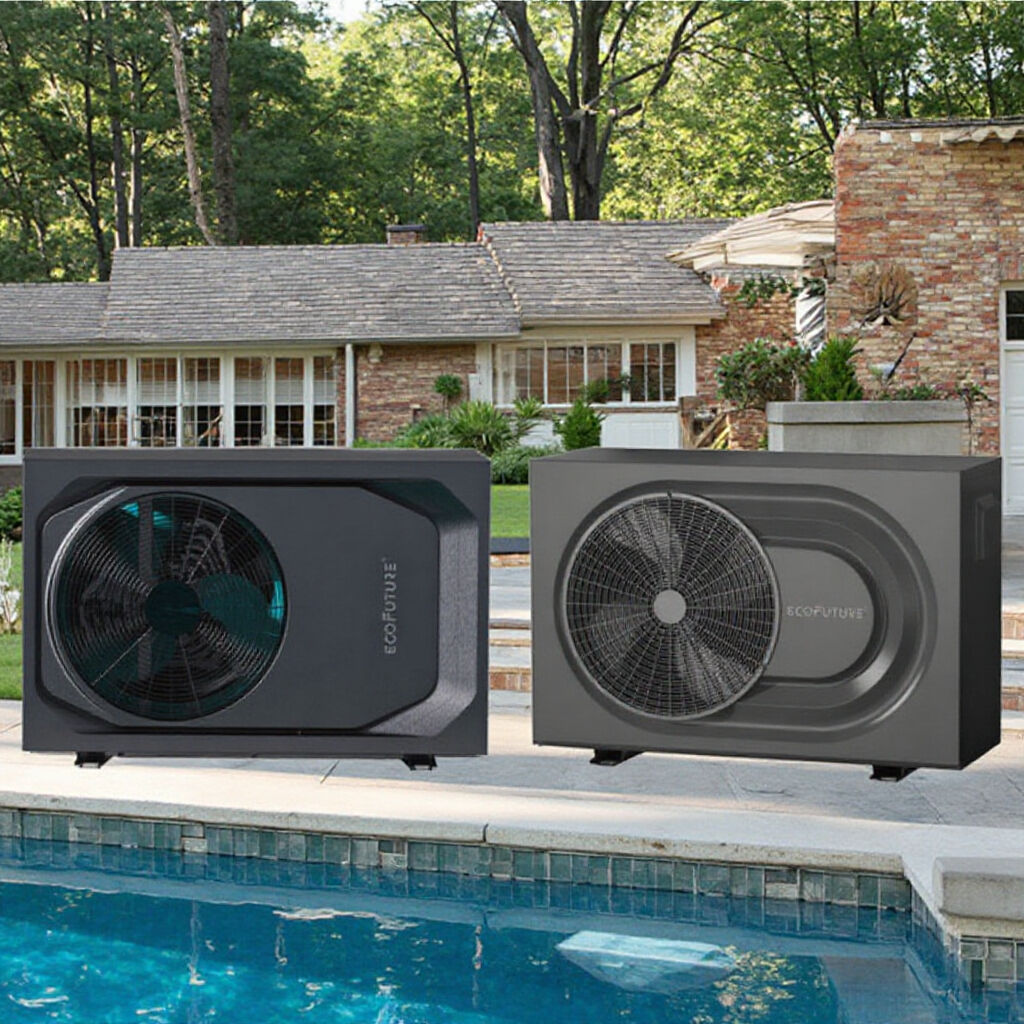How to choose &install&maintain pool heat pump
Selection points
·Swimming pool area and water volume: Calculate the water volume based on the length, width and depth of the swimming pool. Generally, a heat pump with a certain power is required for every cubic meter of water. For example, a 50 cubic meter swimming pool may require a 10-15kW heat pump.
·Ambient temperature: The climatic conditions in different regions are different. When selecting a heat pump, the local minimum temperature should be considered. In the cold northern regions, a low-temperature heat pump should be selected to ensure normal operation in a low-temperature environment.
·Insulation measures: The better the insulation effect of the swimming pool, the less heat loss, and the higher the operating efficiency of the heat pump. Therefore, the insulation of the swimming pool should be considered when selecting, such as the swimming pool cover, the pool body insulation layer, etc.
·Brand and quality: Choose a well-known brand of heat pump products, the quality and after-sales service are guaranteed. Pay attention to the energy efficiency ratio and certification certificates of the product (such as 3C certification, energy efficiency label, etc.).
·Installation space: The heat pump requires a certain installation space. Before installation, ensure that the installation location is well ventilated and away from obstacles to facilitate air circulation and heat dissipation.
Installation and Maintenance
Installation requirements:
·The installation location should be a well-ventilated, unobstructed place, such as a roof, balcony, courtyard, etc.
·The unit should be kept at a certain distance from the wall or other obstacles (usually not less than 50cm) to facilitate air circulation.
·The pipes connected to the pool water should be insulated to reduce heat loss.
·The installation should be carried out in accordance with the manufacturer's requirements to ensure that the electrical connection is correct and avoid the risk of leakage.
Maintenance:
·Clean the evaporator and condenser regularly to maintain the heat exchange efficiency of the equipment. Dust and debris on the surface of the evaporator will affect the heat absorption effect, and scale inside the condenser will affect the heat dissipation effect.
·Check whether the refrigerant is leaking. If there is a leak, contact a professional for repair in time.
·Regularly check the operation of the compressor, fan and other components, and deal with any abnormalities in time.
When not in use for a long time in winter, the pool water should be drained to prevent the pipes from freezing and cracking.

 EN
EN
 AR
AR
 BG
BG
 HR
HR
 CS
CS
 DA
DA
 NL
NL
 FI
FI
 FR
FR
 DE
DE
 EL
EL
 HI
HI
 IT
IT
 JA
JA
 KO
KO
 NO
NO
 PL
PL
 PT
PT
 RO
RO
 RU
RU
 ES
ES
 SV
SV
 ID
ID
 LV
LV
 LT
LT
 SR
SR
 SK
SK
 SL
SL
 UK
UK
 VI
VI
 SQ
SQ
 ET
ET
 HU
HU
 TH
TH
 TR
TR
 MS
MS
 HY
HY
 HA
HA
 LO
LO
 MY
MY

